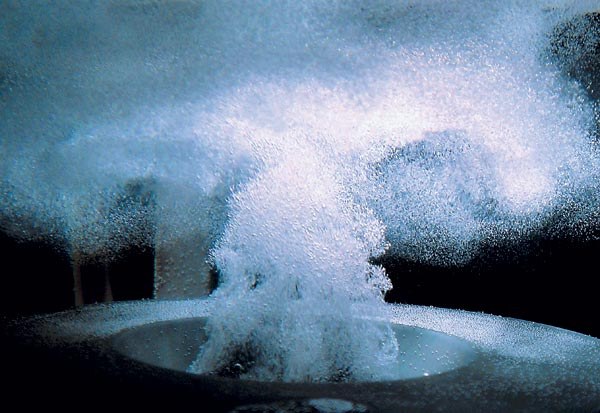You will need
- - the periodic system of chemical elements D. I. Mendeleev;
- calculator.
Instruction
1
In order to cope with the task, you need to use a formula to determine the relative density:
D (air) = Mr (gas)/ Mr (air) where:
D (air) – relative density;
Mr (gas) – relative molecular mass of a gaseous substance;
Mr (air) - relative molecular mass of air.
All three parameters units of measure do not have.
Mr (air) = 29 (a constant), hence the formula would be:
D (air) = Mr (gas)/ 29.
D (air) = Mr (gas)/ Mr (air) where:
D (air) – relative density;
Mr (gas) – relative molecular mass of a gaseous substance;
Mr (air) - relative molecular mass of air.
All three parameters units of measure do not have.
Mr (air) = 29 (a constant), hence the formula would be:
D (air) = Mr (gas)/ 29.
2
Similar is the formula to determine the relative density of hydrogen, with the exception that instead of air is hydrogen. And, therefore, no account is taken of the relative molecular mass of hydrogen.
D (hydrogen) = Mr (gas)/ Mr (of hydrogen);
D (hydrogen) is the relative density;
Mr (gas) – relative molecular mass of a gaseous substance;
Mr (hydrogen) is the relative molecular mass of hydrogen.
Mr (hydrogen) = 2, hence the formula would be:
D (air) = Mr (gas)/ 2.
D (hydrogen) = Mr (gas)/ Mr (of hydrogen);
D (hydrogen) is the relative density;
Mr (gas) – relative molecular mass of a gaseous substance;
Mr (hydrogen) is the relative molecular mass of hydrogen.
Mr (hydrogen) = 2, hence the formula would be:
D (air) = Mr (gas)/ 2.
3
Example No. 1. Calculate the relative density of ammonia in the air. Ammonia has the formula NH3.
First, find the relative molecular mass of ammonia, which can be calculated according to the table of D. I. Mendeleev.
Ar (N) = 14 Ar (H) = 3 x 1 = 3, hence
Mr (NH3) = 14 + 3 = 17
Substitute the data obtained in the formula for determination of relative density of air:
D (air) = Mr (ammonia)/ Mr (air);
D (air) = Mr (ammonia)/ 29;
D (air) = 17/ 29 = 0, 59.
First, find the relative molecular mass of ammonia, which can be calculated according to the table of D. I. Mendeleev.
Ar (N) = 14 Ar (H) = 3 x 1 = 3, hence
Mr (NH3) = 14 + 3 = 17
Substitute the data obtained in the formula for determination of relative density of air:
D (air) = Mr (ammonia)/ Mr (air);
D (air) = Mr (ammonia)/ 29;
D (air) = 17/ 29 = 0, 59.
4
Example No. 2. Calculate the relative density of ammonia by hydrogen.
Substitute the numbers into the formula to determine the relative density of hydrogen:
D (hydrogen) = Mr (ammonia)/ Mr (of hydrogen);
D (hydrogen) = Mr (ammonia)/ 2;
D (hydrogen) = 17/ 2 = 8, 5.
Substitute the numbers into the formula to determine the relative density of hydrogen:
D (hydrogen) = Mr (ammonia)/ Mr (of hydrogen);
D (hydrogen) = Mr (ammonia)/ 2;
D (hydrogen) = 17/ 2 = 8, 5.
